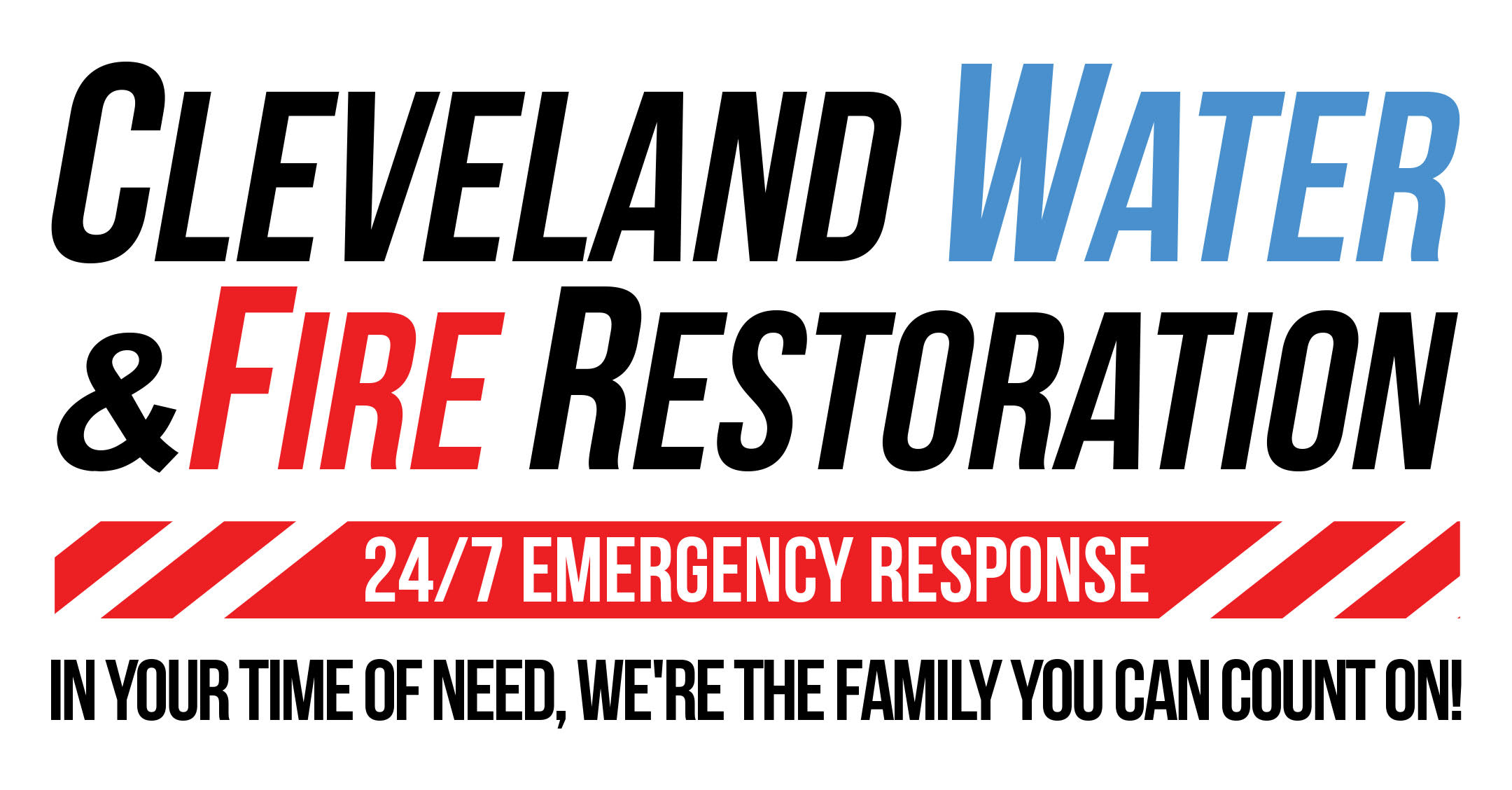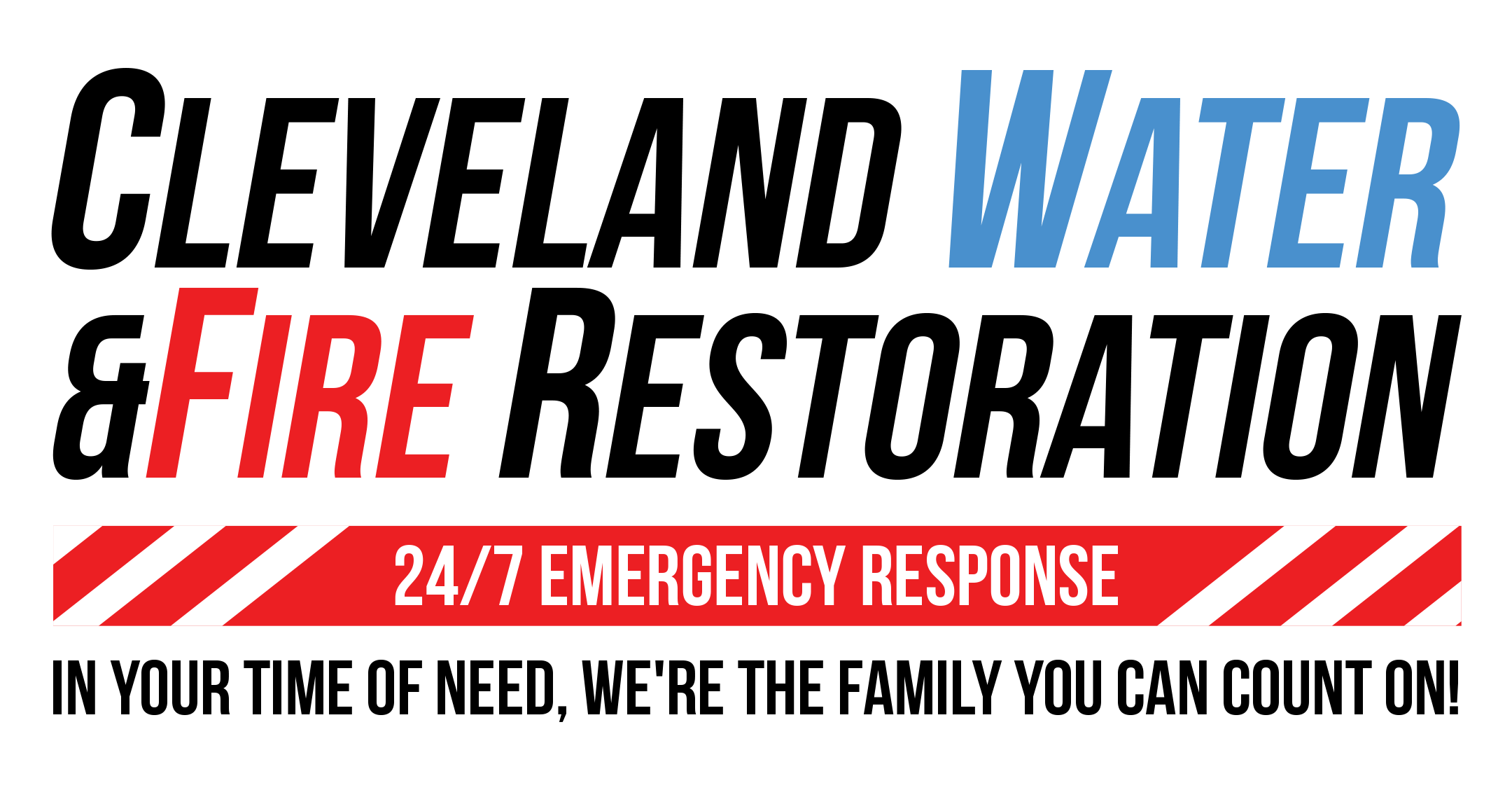When dealing with either fire or water restoration, fast action is key. Why does every moment count and how does a rapid response change the outcome? Come along as we explore the importance of a fast, well-coordinated cleanup.
Table of Contents
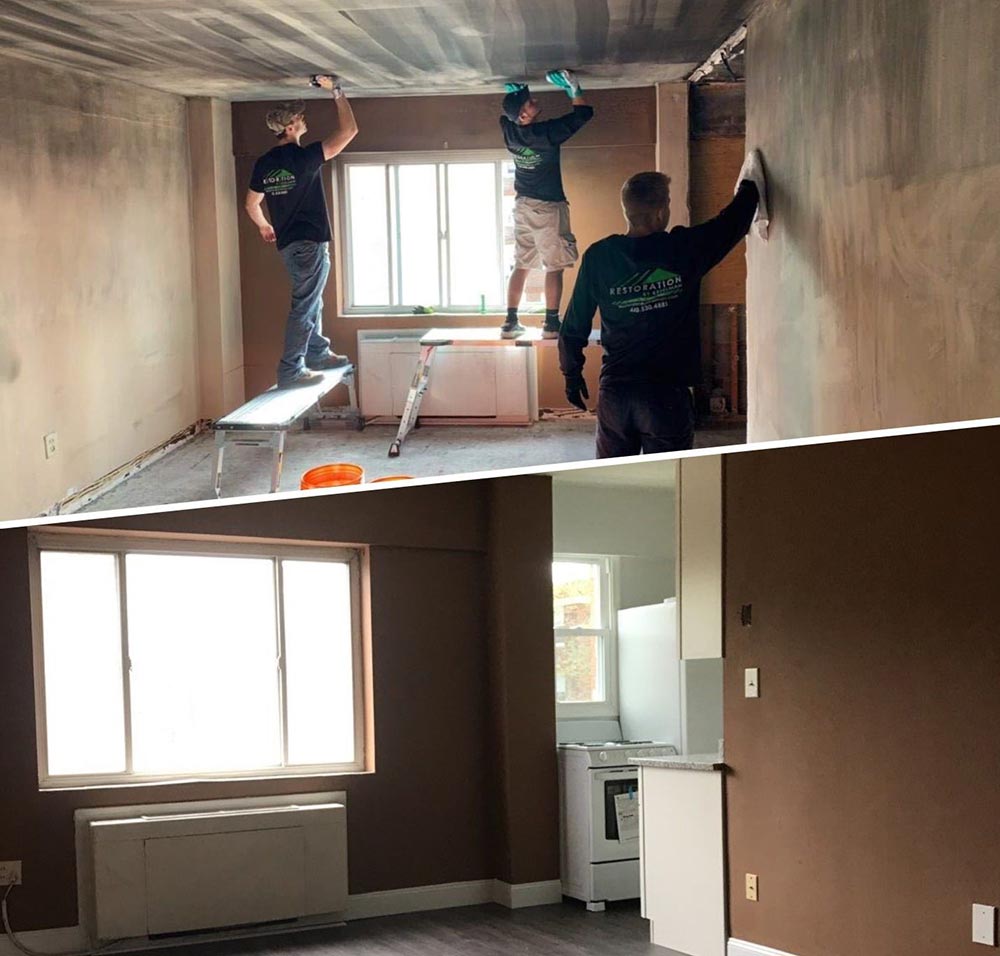
The Domino Effect of Delay in Fire & Water Restoration
Delaying cleanup efforts after fire or water damage can cause a chain reaction, worsening the overall outcome. It allows existing damage to linger and also opens the door to other problems. If your home has water damage, contact a trusted water damage restoration company as soon as possible.
In the case of fire damage, lingering smoke and soot can permeate surfaces, causing deeper and more persistent damage over time. Additionally, water used to extinguish the fire can give rise to mold growth if not promptly addressed.
In water damage scenarios, the longer water sits without extraction, the more it infiltrates structures. This can lead to structural damage and provide an ideal environment for mold to thrive.
These secondary problems escalate the overall impact of the event, making the cleanup process more complex and costly, and creating risks to your family’s health and safety. Mold growth, for example, poses significant health hazards, especially if not quickly addressed. Structural integrity can also be compromised, increasing safety concerns. And so, the domino effect of delay unfolds as each consequence increases the challenges. This is why a rapid and well-coordinated cleanup is necessary to break this chain and prevent further damage.
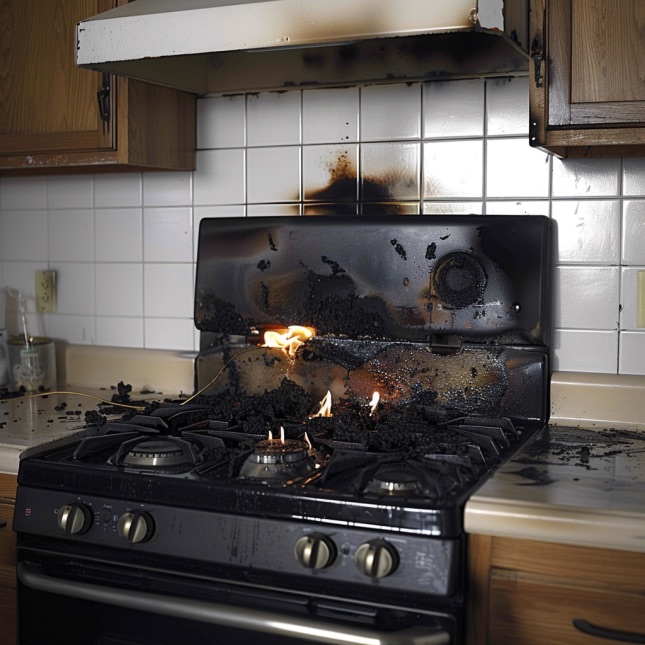
Fire Damage
The swift actions taken in the first stages after a fire play a critical role in mitigating further damage. Immediate efforts focus on ensuring safety, assessing the extent of the damage, and initiating steps to contain and address the aftermath. Let’s break these down:
The first crucial step is ensuring the safety of all individuals involved. Evacuation, if necessary, should be prompt and well-organized.
Once safety is established, the assessment of the damage becomes a priority. Understanding the full scope of the destruction guides following actions. Here’s a step-by-step overview of how damage assessment is usually tackled:
Fire Damage Assessment
- Visual Inspection: Conduct a thorough visual inspection of the entire premises. Examine the areas directly affected by the fire, as well as adjacent spaces. Look for visible signs of damage, such as charred materials, structural compromise, and the extent of smoke and soot residue.
- Structural Assessment: Evaluate the structural integrity of the building. Determine if there are any structural components that have been compromised or weakened due to the fire. This assessment helps in identifying potential safety risks and the scope of reconstruction needed.
- Damage Documentation: Document the damage through photographs, videos, and written descriptions. This documentation serves as crucial evidence for insurance claims and provides a detailed record of the initial condition for the restoration process.
- Water Damage Evaluation: If water was used to extinguish the fire, assess the resulting water damage. Identify areas with standing water, potential waterlogged materials, and the risk of mold growth. Swiftly addressing water damage is essential in preventing further complications.
- Contents Evaluation: Evaluate the damage to personal belongings and contents within the property. Determine what items are salvageable, what needs cleaning or restoration, and what is beyond recovery. This information aids in prioritizing cleanup efforts and helps individuals understand the extent of their losses.
- Environmental Hazard Identification: Identify any environmental hazards that may have been introduced during the fire, such as asbestos or other toxic materials. This is crucial for the safety of cleanup crews and occupants during the restoration process.
- Professional Input: In many cases, it is advisable to involve professionals, such as fire damage restoration experts and insurance assessors, to ensure a comprehensive and accurate assessment. Their expertise can uncover hidden damage and guide the development of a thorough recovery plan.
Fire Damage Restoration
Next, you get to work preventing secondary damage. Here are key steps for facilitating a smooth restoration process:
- Speedy Water Extraction: If water was used to extinguish the fire, promptly extract standing water from the affected area. Water damage can lead to mold growth and compromise structural integrity if not addressed promptly. Utilize pumps and dehumidifiers to expedite the drying process.
- Smoke and Soot Cleanup: Address smoke and soot residue immediately. These particles can corrode surfaces and contribute to long-term damage. Professional cleanup services employ specialized techniques and equipment, such as air purifiers and thorough cleaning methods, to remove smoke and soot effectively.
- Ventilation: Ensure proper ventilation to disperse lingering smoke and odors. Open windows, use fans, and, if necessary, employ air purifiers to improve air circulation. Ventilating the space aids in reducing the concentration of harmful particles and accelerates the removal of residual odors.
- Tarping and Board-Up Services: Secure the property promptly to prevent additional damage from weather elements or unauthorized access. Tarping damaged roofs and boarding up openings safeguard the structure and its contents from further harm, including rain, wind, and potential vandalism.
- Mold Prevention: Actively prevent mold growth by thoroughly drying affected areas. Mold can start growing within 24-48 hours of water exposure. Employ dehumidifiers, fans, and targeted drying methods to eliminate moisture. Additionally, use mold inhibitors during the cleaning process to deter fungal growth.
- Corrosion Control: Apply corrosion inhibitors to metal surfaces exposed to fire and water. This helps protect against the corrosive effects of smoke and water, preserving the integrity of appliances, machinery, and structural components.
- Professional Cleanup Services: Enlist the expertise of professional cleanup services with experience in fire damage restoration. Professionals have the knowledge, equipment, and techniques to comprehensively address the aftermath, preventing secondary damage effectively.

Water Damage
There is significant overlap between dealing with fire and water damage. Again, start with the immediate safety of all individuals affected, move on to an assessment, and then get started on preventing secondary damage. Here’s a closer look at each step:
Ensure the safety of individuals involved in the assessment by checking for potential hazards, such as electrical issues or structural instability. Safety is the top priority before proceeding with any evaluation.
Next, start assessing. Here are steps to get you started assessing water damage:
Water Damage Assessment
- Categorization of Water Damage: Classify the water damage into categories based on the source and the level of contamination. Categories range from clean water (Category 1) to contaminated water with potential health risks (Categories 2 and 3). This classification guides the appropriate cleanup measures.
- Extent of Water Spread: Determine the extent to which water has spread through the affected area. This includes assessing how deeply water has penetrated building materials, walls, and flooring. Understanding the reach of the damage is crucial for planning effective mitigation.
- Moisture Detection: Utilize moisture detection tools, such as moisture meters and infrared cameras, to identify hidden pockets of moisture within walls and ceilings. These areas, if left untreated, can lead to mold growth and other long-term issues.
- Damage to Building Materials: Assess the damage to building materials, including drywall, insulation, and flooring. Identify materials that can be salvaged through drying and restoration and those that may need replacement.
- Content Evaluation: What impact did the water have on your personal belongings? Figure out what you can save, what needs to be cleaned or fixed, and what may be too damaged to keep.
- Mold Risk Assessment: Consider the potential for mold growth. Water damage creates an ideal environment for mold, especially if not addressed promptly. Assessing the risk of mold growth guides the cleanup process and preventive measures. This could be a good time to call in a pro.
- Documentation: Document the damage through photographs, videos, and written descriptions. Detailed documentation is crucial for insurance claims and provides a clear record of the initial condition for the restoration process.
- Professional Input: Consider getting guidance from professionals, including specialists in water damage restoration and insurance assessors. Their observations and advice could make all the difference as you move forward with a recovery plan.
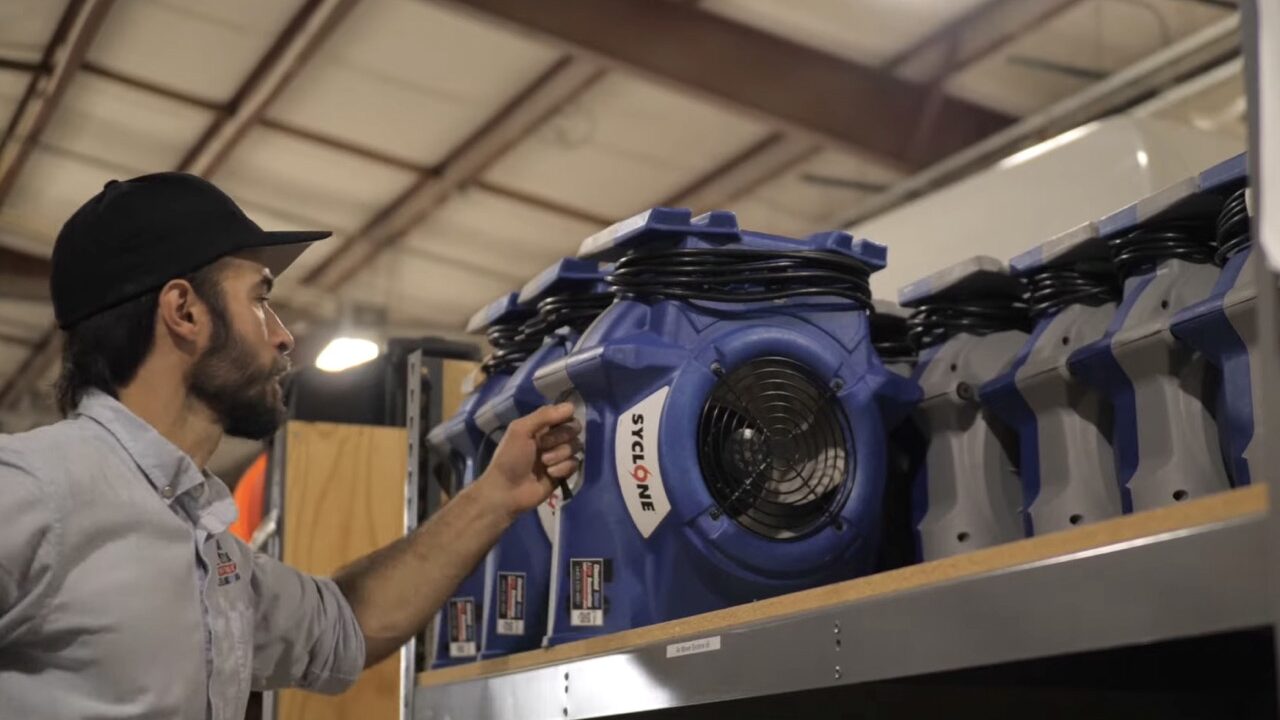
Water Damage restoration
Once assessment has been completed, it’s time to (you guessed it) prevent secondary damage. Here’s where to start:
- Swift Water Extraction: (Yep, this is step one again- that’s how important it is!) Immediately extract standing water using pumps and other specialized equipment. Swift removal reduces the potential for structural damage and minimizes the risk of mold growth.
- Thorough Drying: Employ dehumidifiers, industrial fans, and targeted drying techniques to thoroughly dry affected areas. Swift and efficient drying helps you avoid long-term structural issues and the development of mold.
- Moisture Detection: Utilize moisture detection tools to identify hidden pockets of moisture within walls and ceilings. Addressing these areas promptly helps prevent mold growth and other hidden risks.
- Structural Assessment: Assess the structural integrity of the building to identify weakened or compromised areas. Promptly address any structural issues to prevent escalation and ensure the safety of the property.
- Mold Prevention: Prevent mold growth by eliminating moisture. Mold can begin growing within 24-48 hours of water exposure, so prompt drying and moisture control are essential.
- Corrosion Control: Apply corrosion inhibitors to metal surfaces exposed to water. This helps protect against the corrosive effects of water, preserving the integrity of appliances, machinery, and structural components.
- Environmental Hazard Identification: Identify any environmental hazards introduced during the water damage, such as the presence of toxic materials. Doing so will help keep cleanup crews and occupants safe during the restoration process.
- Professional Cleanup Services: Reach out to professional cleanup services specializing in water damage restoration. Professionals have the knowledge and equipment to keep you and your home safe.
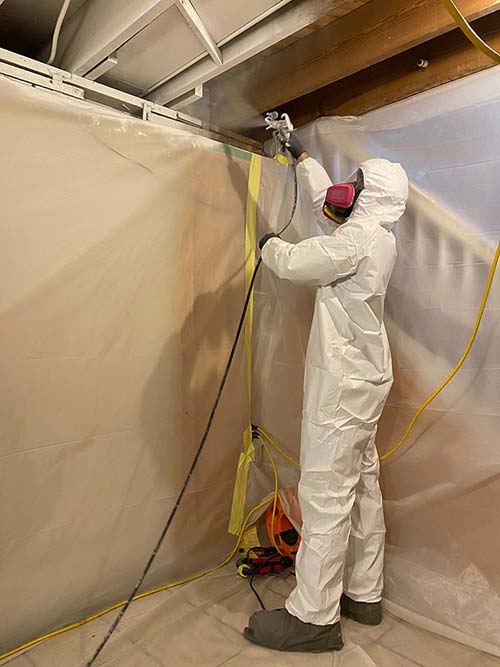
What’s Next?
As we wrap up, here’s the main thing to remember: acting quickly in the face of fire or water damage makes a big difference.
Was this article helpful? Do you feel prepared to take on these challenges yourself? If you need more information or want to consult with a pro, please get in touch! Cleveland Water and Fire Restoration is a dedicated team of water and fire damage restoration and cleanup experts with years of experience. We offer free phone consultations and can take your call 24/7.
With knowledge and a plan, you can be prepared to tackle fire and water damage in your home.
